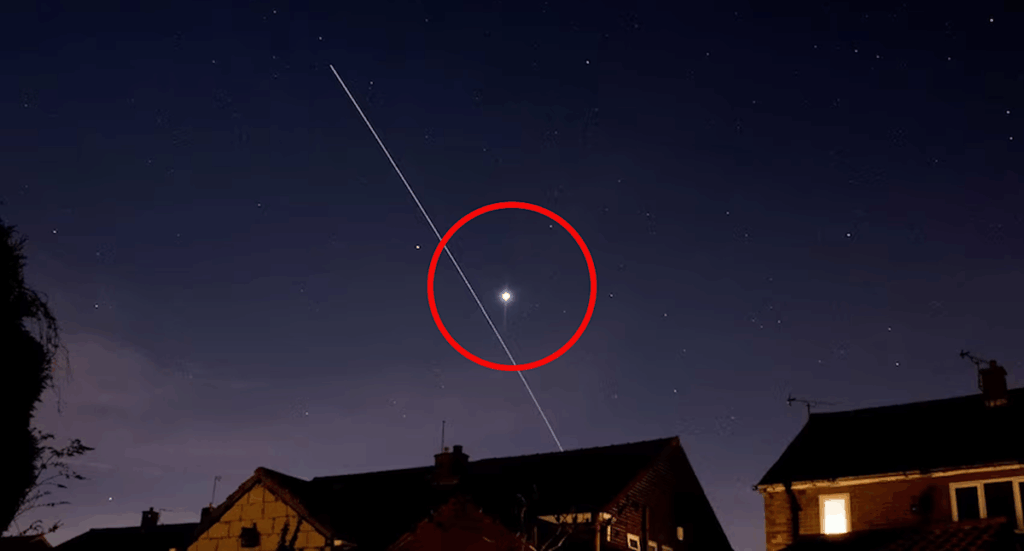
Astronomy enthusiasts across Australia are in for a celestial treat this week as the International Space Station (ISS) makes its way across the country’s skies during twilight hours. The 500-ton space laboratory, which orbits Earth at an average altitude of about 408 kilometers, will be visible as a bright, fast-moving white dot, requiring no telescope to enjoy the spectacle.
The ISS is expected to outshine even Venus at its brightest, offering a rare and impressive sight. According to the Perth Observatory, the station will be visible in Perth on Tuesday at 6:25 pm, Wednesday at 7:12 pm, and Thursday at 6:24 pm. This announcement has sparked excitement among locals eager to catch a glimpse of the marvel above.
Understanding the ISS Flyover
Matt Woods, Tour Administrator at the Perth Observatory, explained to Yahoo News that “extremely bright evening passes like this often come in clusters over two to three nights.” He noted that these events are followed by quieter periods when the ISS is not visible at night due to its orbit passing over during daylight hours.
“The timing and brightness of each pass depend on the station’s orbit and the position of the Sun relative to your location,” Woods said. “These passes occur during what we often refer to as the golden window, which is roughly the hour and a half after sunset or before sunrise.”
During this time, the sky is dark enough to see satellites, yet they remain high enough to catch sunlight, making the ISS appear as a bright, fast-moving ‘star’ in the sky.
The Science Behind the Sight
The ISS orbits Earth approximately 16 times a day, traveling at a speed of 28,000 km/h. Its orbital path is tilted at 51.6 degrees to the equator, allowing it to pass over about 90% of the world’s inhabited land, which is why so many people globally have the opportunity to see it.
Woods offered a simple analogy to understand the phenomenon: “Watch the sun set from ground level, then take a lift to the top of a tall building. You’ll see the sun ‘set again’ because you’ve gained enough height to catch those last rays, just like the ISS does as it orbits above us.”
How to Spot the ISS
To view the ISS, Australians should look up at the sky during its scheduled flyover times. It’s advised to give your eyes a few minutes to adjust to the dark and look in the right direction. The ISS typically appears low on the horizon and moves steadily across the sky.
“The ISS usually appears low on the horizon and moves steadily across the sky — apps will show you whether it’ll appear in the northwest, for example, and travel southeast,” Woods noted.
It’s important to note that the ISS is only visible when three conditions align: it must be flying over or near your location, it must be dark enough to see it, and the ISS must still be in sunlight.
The Role of the International Space Station
The ISS has been continuously occupied by astronauts and cosmonauts since 2000, serving as a hub for scientific research and technological testing. Launched as a global science and engineering project, the ISS supports long-term human presence in space and advances research that benefits life on Earth and future space exploration.
Construction of the ISS began in 1998, with the first module launched by Russia. Today, it remains a beacon of international cooperation and scientific advancement, with its onboard experiments contributing to our understanding of space and potential future missions to the Moon and Mars.
As Australians prepare to witness this extraordinary event, the ISS flyover serves as a reminder of the wonders of space exploration and the ongoing quest to understand our universe.







